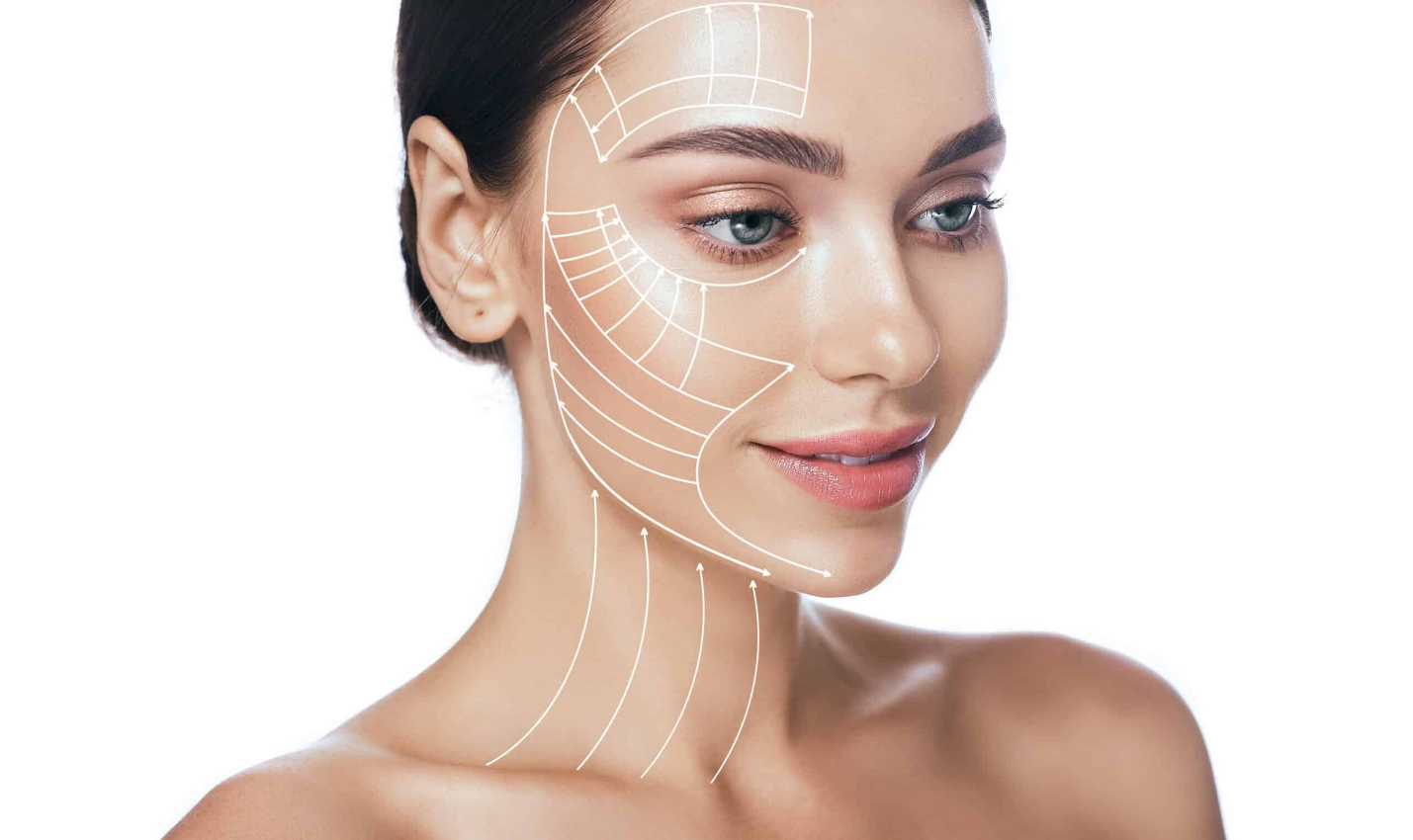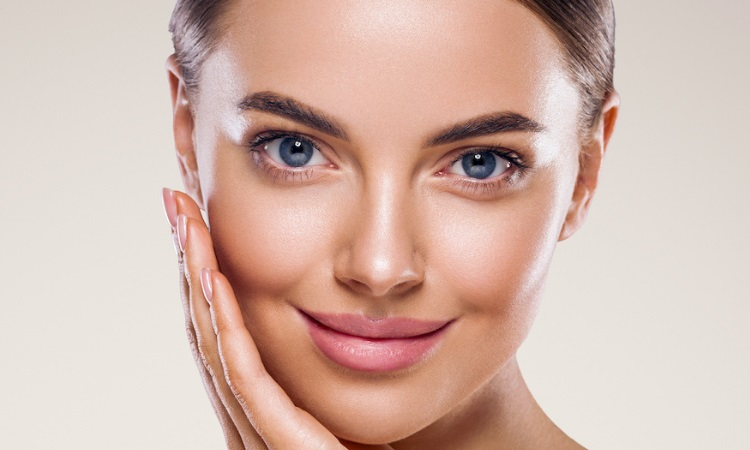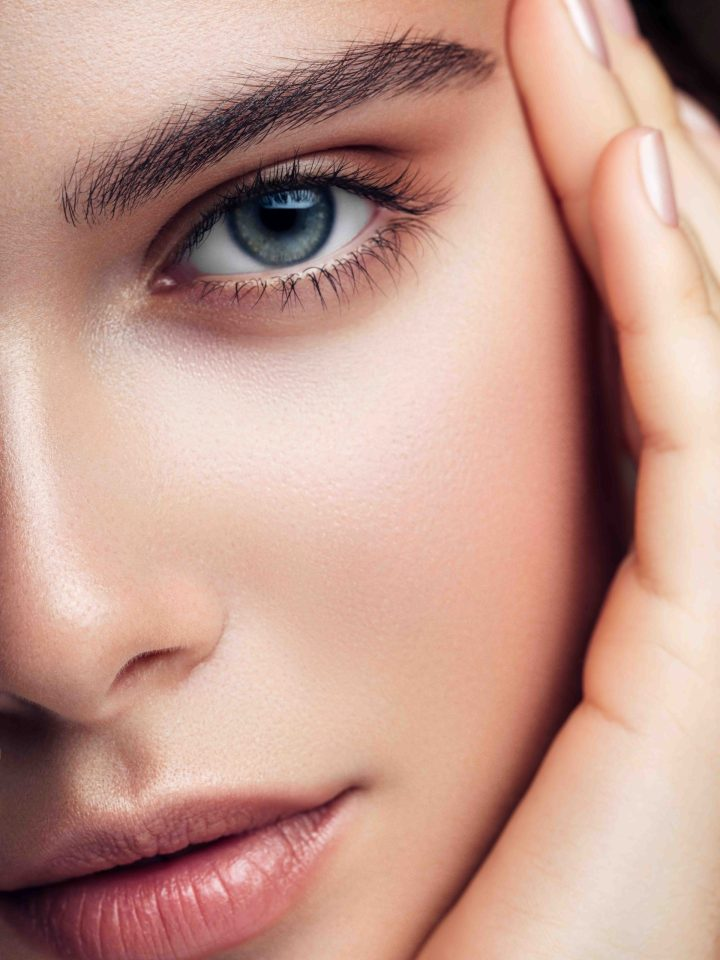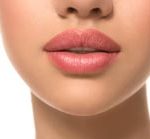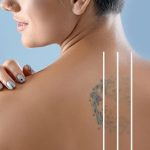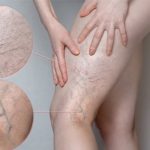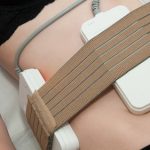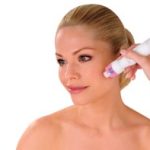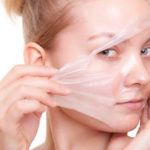What Is Ultherapy?
Ultherapy, also known as Ulthera, is a non-surgical cosmetic treatment used to tighten the skin of the face and neck. This FDA-approved ultrasound therapy works to gradually lift the skin on your neck, chin, and brow, minimizing any fine lines and wrinkles.Using micro-focused ultrasound, Ultherapy treats the superficial layers of the skin at a much lower level of ultrasound energy than the high-energy ultrasound that’s more often used to nonsurgically remove tumors.These two types of focused ultrasound are in many ways similar to a pregnancy ultrasound or other types of ultrasound used in medical imaging. The main difference is that Ultherapy emits various frequencies of ultrasound energy through the skin in order to lift and tighten it.As of today, Ultherapy is the only non-invasive treatment option of its kind. Studies have shown that it’s both safe and effective.
How Does Ultherapy Work?
Ultherapy uses a smooth applicator with ultrasound technology to target your body’s natural collagen and stimulate production of new collagen fibers.
Collagen is a natural protein that keeps your skin firm and toned, contributing to a more youthful appearance. As you age, your body stops producing collagen and the collagen in your body loses its strength. This is what causes gravity to run its course. Because the collagen is no longer strong enough to withstand the effects of gravity, your skin starts to sag or pull downward.
To counteract or slow the aging process, the Ultherapy device targets the collagen and elastin beneath the surface of your skin. It delivers focused ultrasound energy up to 5 millimeters deep to briefly heat the tissues. The heat then starts to gradually repair the skin by strengthening the existing collagen and stimulating the body to make new collagen.
What Are the Benefits of Ultherapy?
One of the greatest benefits of Ultherapy is that it’s a non-invasive procedure. This means there are no incisions or anesthesia involved. And unlike many laser treatments, Ultherapy doesn’t target melanin, meaning it’s safe for all skin types. You’ll also most likely need little to no downtime following your treatment.
Ultherapy’s ultrasound imaging technology allows your health provider to see the target tissue layer in real time. This makes it much easier to address your unique skin concerns and goals with precision while avoiding major areas like bone and blood vessels. As of now, there’s no other FDA-cleared nonsurgical device on the market with this capability.
With Ultherapy, you’ll likely see natural results after just one treatment. But the need for additional treatments varies from patient to patient. Overall, the Ultherapy procedure is a safe, effective, and long-lasting option for those looking to reduce the appearance of fine lines and wrinkles.
Why Ultherapy in Iran?
As facial rejuvenation is becoming very in-demand in the country, a growing number of doctors and specialists hit the market, attending top western universities to get the latest knowledge and training in this field and make a killing. And indeed, ‘Iranian doctors’ contributes a lot to the popularity that the country has gained in this industry.Furthermore, Iran enjoys numerous modern beauty clinics equipped with the latest facilities and technologies. Unlike what people may think, the quality of healthcare including the equipment, facilities, staff, hygiene condition, and services are on par with many developed countries.In addition, the cost of having ultherapy or any other cosmetic procedure done in Iran is far lower than neighboring countries and various other countries. So, by getting your ultherapy in Iran, you’re getting the best possible results at the best possible price.
What to Expect After Ultherapy Treatment?
Immediately after the treatment, the skin may get red and swollen, which lasts for a few days. Some flushing, mild swelling, tingling, sensitivity and bruising are natural to happen after the treatment, which recedes relatively quickly.There is no overnight stay or downtime after the procedure. The patient can go back to their normal daily life and work schedule. If he/she doesn’t mind going out with a red and swollen face, then they can resume their normal life activities immediately after the treatment.
How to Know if You’re a Candidate for Ultherapy?
Ultherapy is typically best suited for people in their 30s or older whose skin is mildly to moderately loose. If there’s a need for dramatic lifting or skin removal, surgery might be a better option.
The best way to know if you’re a candidate for Ultherapy is to talk to an Ultherapy specialist or board-certified cosmetic surgeon. These providers can assess your unique goals and needs to help you find the right treatment option.
Aftercare
Following your treatment, limit your sun exposure and wear sunscreen and protective clothing when you go outside. Whether you’re going through Ultherapy treatment or not, it’s always best to avoid exposing your skin directly to the sun. Icing the treated area and vigorous exercises should be avoided for about 3–5 days after treatment. Depending on your age, skin goals, and the results of your initial treatment, you may need to return for additional therapies. This is something you can discuss with your practitioner during your initial consultation. Most importantly, remember that although people often notice a difference immediately after treatment, the results will become more visible over time. It can take up to 6 months to notice the full impact of the treatment.
Potential Risks and Side Effects of Ultherapy
Ultherapy is a treatment with few to no risks, which is why it’s such a popular FDA-approved option for those looking to improve their facial skin.
Your skin may appear slightly red or flushed immediately following treatment, but this should lessen within a few hours. You may also notice some mild swelling in the days after the procedure.
Micro-focused ultrasound therapy continues to be refined and used in combination with other rejuvenation techniques to give patients the best possible results.
Cost of Ultherpy in Iran
The procedure of ultherapy in Iran, depending on the areas in need of treatment and the degree of skin sagging, costs from $500 to $2,000. To be more precise, if it involves treating a small area, the cost ranges from $500 to $800 (per area). If there’s a large area to be tightened (e.g. full neck and face), however; it would cost from around $1,000 to $2,000. This is while the same procedure in the US costs you around $4,000. If it’s a small area, you’d be charged from $750 to $1,000. If it’s a full neck and face-lift, you’d be charged from $4,000 to $6,000 or more.

